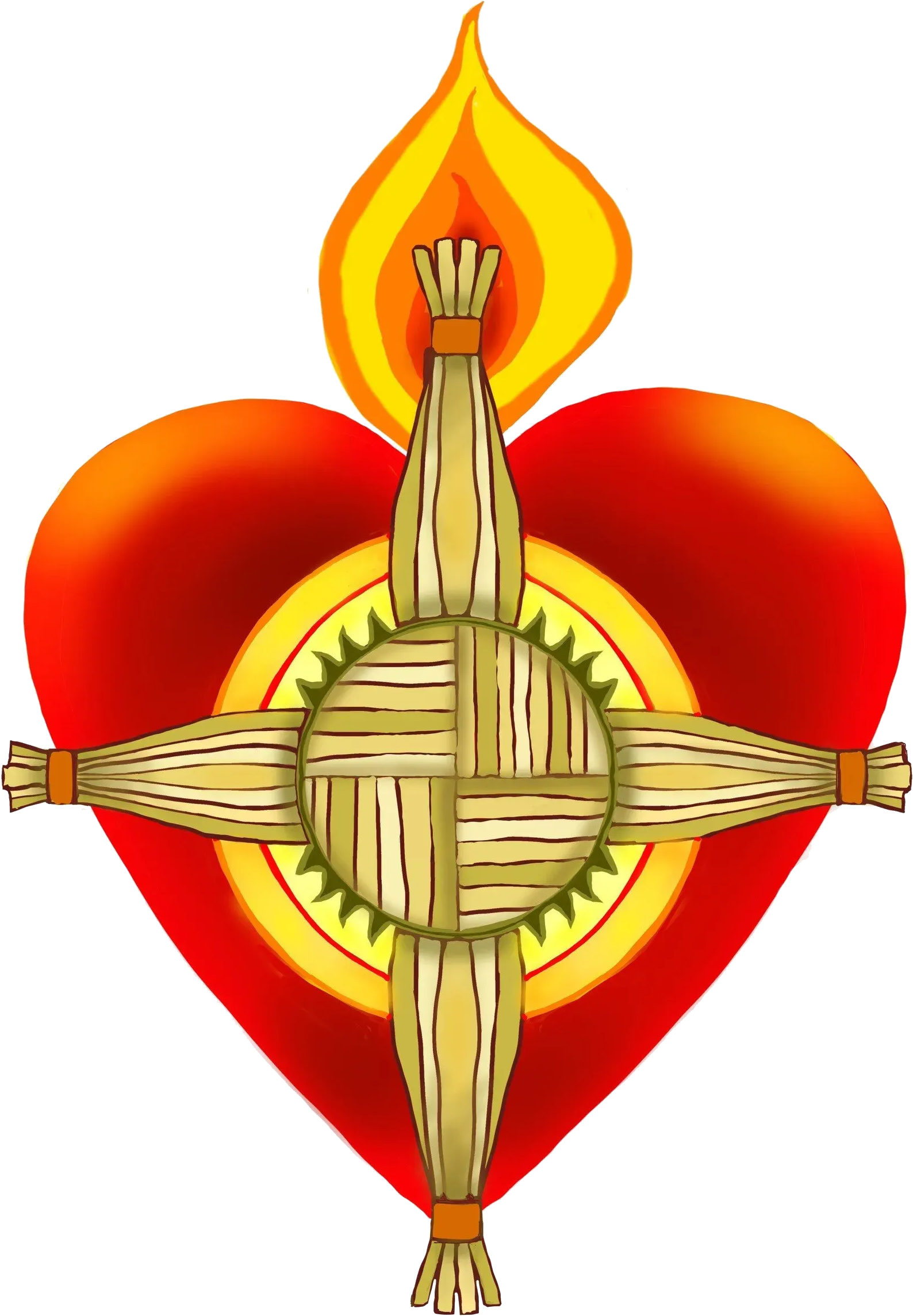Funeral Planning
If you have recently lost a loved one, please accept the condolences of the Lexington Catholic Community staff and our Ministers of Hope who will assist you in planning the funeral liturgy. Today, most families prefer having some time to consider the various options for funeral readings and music before they meet with a Minister of Hope. For this reason, you will find hymns for a funeral service on this website. Once the parish is notified of the upcoming funeral, a member of the Ministry of Hope will contact you and arrange to meet with you about the funeral liturgy.
Usually, family members choose the following:
- One reading from the Hebrew Scriptures (Old Testament)
- One reading from the Christian Scriptures (New Testament)
- Four hymns (for the Entrance, Offertory, Communion and Recessional)
- One Psalm (which is sung between the two Scripture readings)
- Family members or close friends who will assist in:
- Reading each of the Scripture passages
- Bringing the bread and wine to the priest at the Offertory
- Offering Words of Remembrance (a short eulogy)
In addition, the family may invite 2-5 persons to place the pall (a white cloth that reminds us of the Baptismal garment) over the casket; and 1-6 people to read the General Intercessions.
We understand that this can be an overwhelming time for you and that some families prefer a less active role in the funeral. The Minister of Hope will help you plan a service that is meaningful, dignified and comfortable for you.
An Overview of the Catholic Funeral Liturgy
As Christians, we believe that death is not the end of life, but the beginning of a new eternal life in the presence of our loving God that we share with all those whose earthly lives pleased our God. This fills us with hope in the midst of our tears. We believe that while death separates us from a loved one now, we will be reunited again. This belief is proclaimed in the funeral liturgy over and over again. For this reason, the priest wears white vestments instead of black or purple, and the readings and music reflect the joyous view of eternal life promised to us by Christ. A Catholic funeral is not just a memorial service, but more than that; it is a sacred liturgy of hope and love. Our participation in the Eucharist at the funeral unites us in a special way, one more time, with the person we remember until we meet forever in heaven.
Cremation is accepted by the Catholic Church. If it occurs prior to the funeral, the urn may be brought to the church and is placed on a small table in front of the Paschal Candle before the service begins. An appropriately-sized bouquet of flowers may be placed on the table or on the floor in front of it. A photo of the deceased may also be displayed on the table.
The Order of the Funeral Mass
I. Introductory Rite
Except for the family, those coming to the funeral will seat themselves as they enter the church. When the funeral procession and family arrive, the casket is brought into the church first. The family, and perhaps very close friends, gather just inside the church near the casket. The priest meets the procession here and offers a short prayer. He then sprinkles the casket with holy water as a reminder of the deceased one’s Baptism.
A white cloth, called a pall, is placed over the casket by family, friend or the priest. The pall is a symbol of the new life in the resurrection which we received at Baptism. If cremation has taken place prior to the funeral, the placing of the pall is omitted.
As the Entrance Song begins, the procession continues down the aisle. The casket is placed in front of the lighted Paschal Candle before the altar. The family is ushered into the pews in front of the ambo(pulpit). At Sacred Heart Church, this is on the right side of the church; at St. Brigid, it is on the left side. All remain standing while the priest reverences the altar and recites the Opening Prayer. When he finishes, he and the congregation take their seats, and the Liturgy of the Word begins. The priest will invite the designated reader by name to come forward and proclaim the First Reading. When finished, the first reader returns to his/her seat.
II. The Liturgy of the Word
- First Reading* (from the Old Testament) – may be read by a family member or friend
- Responsorial Psalm – verses are sung by the cantor; the congregation joins in the refrain
- Second Reading* (from the New Testament) – may be read by a family member or friend
- Gospel – read by the priest or a deacon
- Homily – is given by the priest or a deacon
- General Intercessions – may be read by a family member or friend
III. The Liturgy of the Eucharist
- Preparation of the Gifts (“Offertory”)
- 2 - 4 family members or friends may bring the bread and wine up to the altar.
- The Preparation song is sung.
- The priest prays the Eucharistic Prayer, the bread and wine are consecrate.
- The Lord’s Prayer is recited followed by the exchange of Signs of Peace.
IV. The Communion Rite
- Lamb of God prayer and Lord, I am not worthy prayer
- Reception of the Eucharist during which time the Communion hymn is sung
- Brief period of silent reflection
V. Words of Remembrance (Eulogy) - optional
- This is an opportunity to speak about the faith of the deceased and how it has inspired others.
- May be no longer than 5 minutes. (Longer remembrances may be given either in the funeral home
or after the funeral Mass.)
VI. The Final Commendation
- The priest incenses the casket or urn while the Song of Farewell is sung (“May the choirs of angels come to greet you” or other suitable hymn.)
- After a final prayer, the recessional hymn begins; the pallbearers escort the casket out of the church followed by the family and close friends.
- Other members of the congregation exit their pews after the family and close friends have passed by.
* Please note that non-biblical texts may not replace any of the scripture readings. They may be used very appropriately in another setting, perhaps at the funeral home, cemetery or a gathering of friends and family following the church service or burial.
OFFICE HOURS:
Monday - Friday 9:30 am - 5:00 pm

